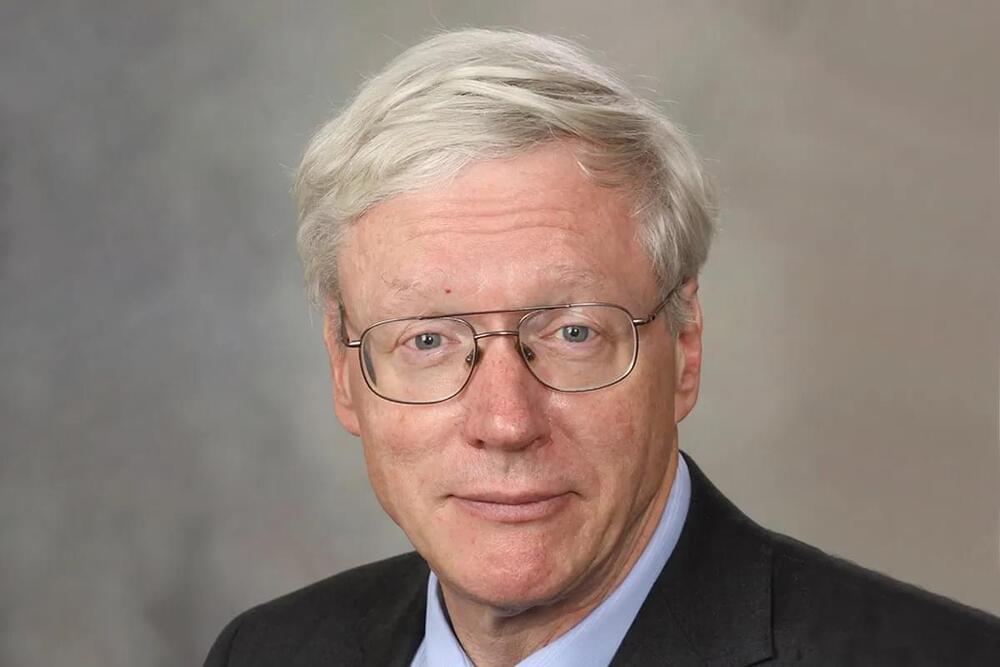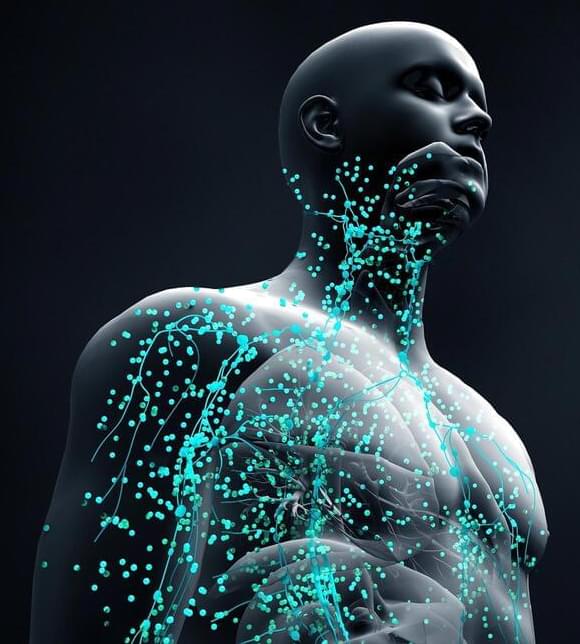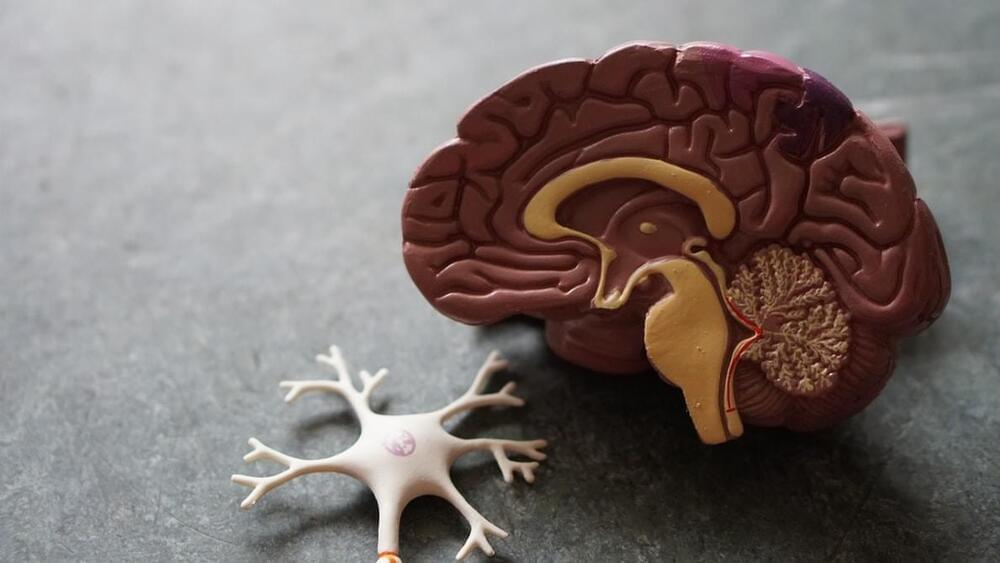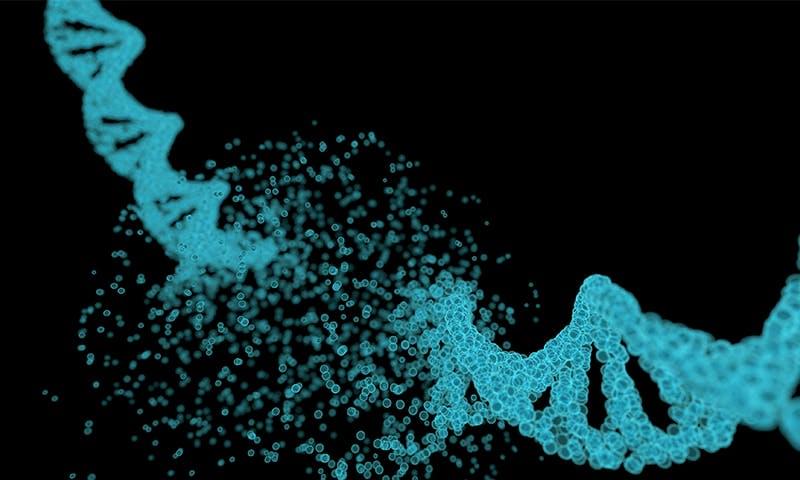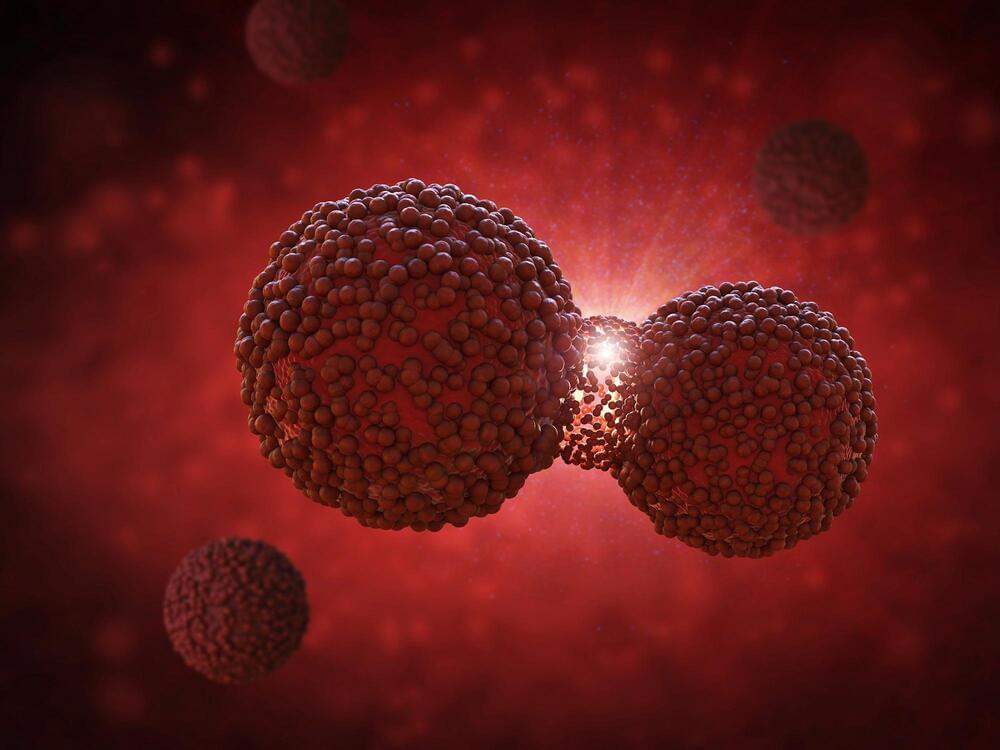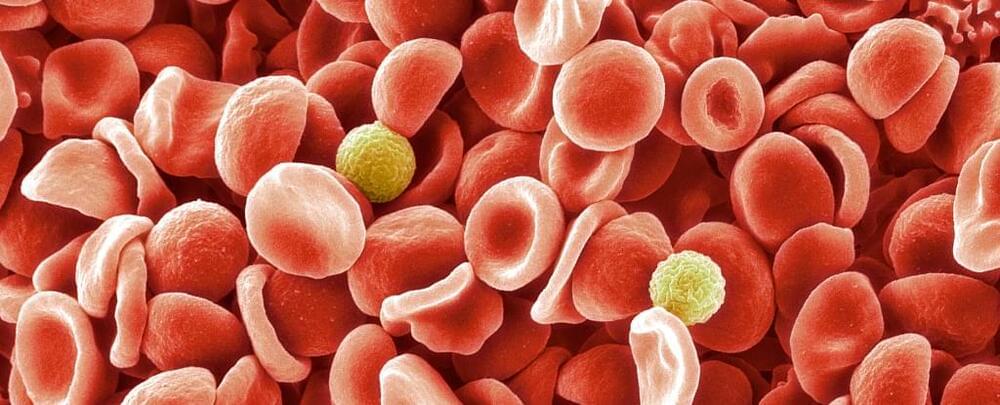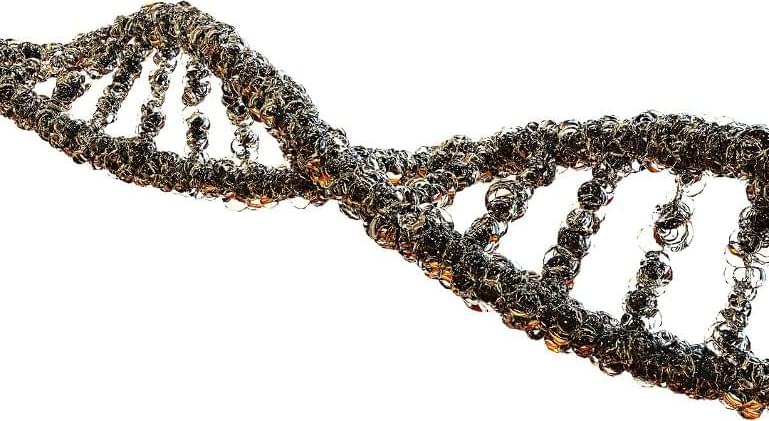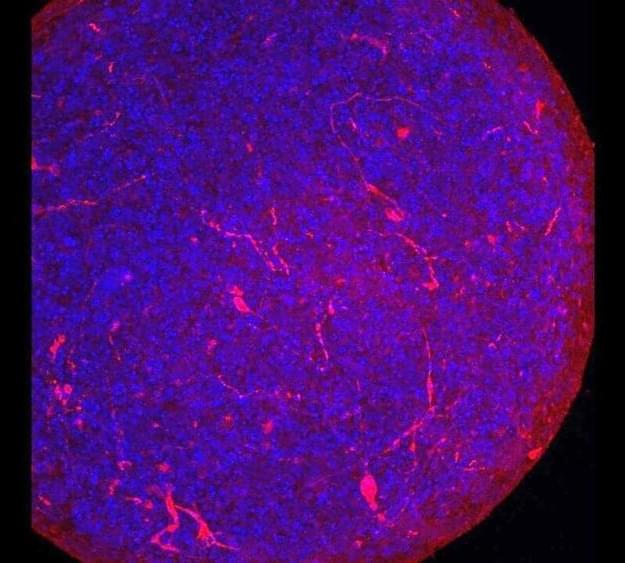One of the hallmarks of aging, cellular senescence is what happens when aging cells do not die in the usual way (a process known as apoptosis) and start to accumulate in our bodies. The accumulation of these “senescent” cells is implicated in diseases including dementias, atherosclerosis, cancers, diabetes and arthritis. But senescence is not just part of the aging process – it tends to occur in individuals who develop frailty and multiple illnesses, and this can occur at any point during life.
In 2015, a team of researchers at the Mayo Clinic, led by Dr James L Kirkland, published a seminal paper in Aging Cell that introduced a new class of drugs called senolytics. Based on the idea that removing senescent cells may enhance human healthspan, these drugs were identified based on their ability to selectively target and eliminate those cells.
Longevity. Technology: Since the discovery of the first senolytics, hundreds of others have since been identified or created, and senotherapeutics is now one of the hottest areas in longevity, with a host of clinical trials under way and companies pursuing senolytic therapies for a range of age-related conditions. But what does the man who started it all think about the therapeutic field he helped create? In the first of two articles, we bring you Dr Kirkland’s unique perspective on the world of senolytics.
